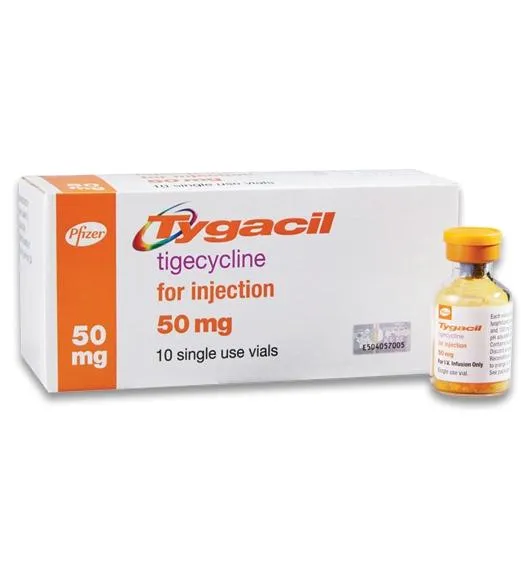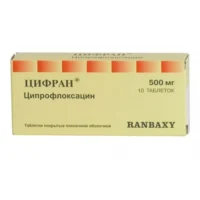Description
Tygacil (Taigecycline) Powder for Solution for Infusions 50 mg Vial №10
Ingredients:
- Each vial contains 50 mg of Taigecycline.
Dosage:
- The recommended dosage is 100 mg as an initial dose, followed by 50 mg every 12 hours.
Indications:
- Tygacil is indicated for the treatment of complicated skin and skin structure infections, intra-abdominal infections, and community-acquired bacterial pneumonia.
Contraindications:
- Do not use Tygacil in patients with known hypersensitivity to tetracycline-class antibiotics.
Directions:
- Tygacil is for intravenous use only and should be administered over a 30 to 60-minute period.
Scientific Evidence:
Tygacil, a glycylcycline antibiotic, has shown efficacy in treating various infections. Studies have demonstrated its effectiveness against multidrug-resistant pathogens, making it a valuable option in challenging cases where other antibiotics may fail.
Additional Information:
- One of the key advantages of Tygacil is its broad-spectrum activity against both Gram-positive and Gram-negative bacteria. This makes it a versatile choice for empiric therapy in complex infections until specific pathogens are identified through culture and sensitivity testing.
- Furthermore, clinical trials have highlighted the safety profile of Tygacil, with adverse effects comparable to other antibiotics in its class. Its unique mechanism of action and favorable pharmacokinetics contribute to its growing use in clinical practice.





